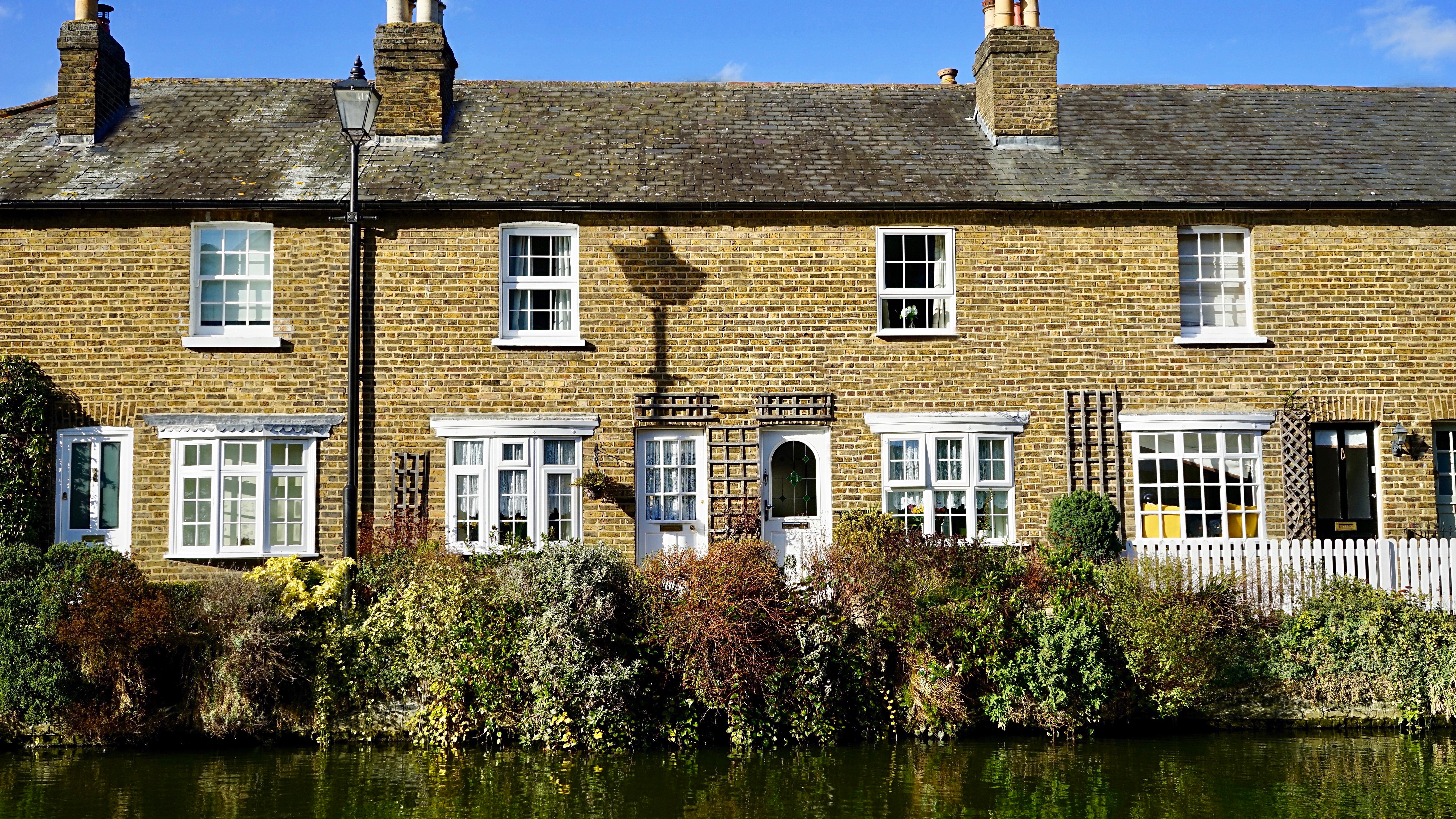Anyone who has been fortunate enough to purchase a second property of their own, or even those who know someone else who has done so, are likely to have heard of Stamp Duty Land Tax. Usually, this tax will have been spoken about in negative terms, as an additional cost that is sometimes left unbudgeted for and can add some extra strain to an already stressful process. First time buyers are usually spared having to pay SDLT for the first £300,000 of their purchase, as long as their purchase is under £500,000, but for everyone else this tax is fairly inescapable.
One way in which SDLT can be reduced, in certain situations, is the Multiple Dwellings Relief (MDR), whereby the amount of tax paid is essentially divided by the number of properties involved in the single purchase. However, there are of course some requirements that come with MDR. We will examine a recent case in this blog to further explore this topic.
How does Multiple Dwellings Relief work?
MDR was brought in to encourage investment in residential property by reducing the SDLT payable on multiple or bulk purchases, therefore making buying multiple properties more appealing.
It is possible to claim this relief when you purchase more than one dwelling where a transaction or a number of linked transactions include freehold or leasehold interests in more than one dwelling.
If you claim relief, to work out the rate of tax HMRC charge you must:
- divide the total amount paid for the properties by the number of dwellings
- work out the tax due on this figure
- multiply this amount of tax by the number of dwellings
The minimum rate of tax under the relief is 1% of the amount paid for the dwellings.
It sounds daunting, but when you are purchasing a property your solicitor will be able to walk you through it step by step.
An example may help to explain it, let’s say:
- You buy 5 houses for £1 million.
- £1 million divided by 5 is £200,000.
- The amount of SDLT you pay on £200,000 is £1,500 (0% of £125,000 + 2% of £75,000).
- £1,500 multiplied by 5 is £7,500.
- As this is less than 1% of £1 million (which is £10,000), the amount of tax you pay is £10,000.
So in the end, the rate of SDLT is based on that average price instead of on the total consideration (subject to a minimum rate of 1%) and the SDLT payable is multiplied by the number of dwellings acquired. In most cases, it will lead to substantial reduction of the SDLT bill.
It should be noted that when relying on the MDR relief, the applicant will have to prove that each relevant property is capable of being a single dwelling. It is the definition of a single dwelling that has been a heavily litigated area between purchasers and HMRC.
Let’s take a look at a recent case
The case of Fiander and Brower v HMRC deals with issues of property purchase and Multiple Dwellings Relief. Essentially, the appellants purchased a house which had an annex attached to it. Both the house and the annex had living areas, sleeping areas, kitchens and bathrooms. The properties were connected by an internal corridor, so where there was no door but a door could easily be installed.
In the opinions of the appellants, the purchase of the property and adjoining annex should have constituted their right to MDR. They saw the two dwellings as separate entities. However, their opinion did not match that of the First Tier Tax Tribunal, and nor were they able to convince the Upper Tribunal when they continued their appeal.
The decision of the tribunals was rooted in the current state of the property, rather than its historic use or its intended use in the future. The fact that a property is capable of being a single dwelling after some alteration is irrelevant. In the meantime, the Upper Tribunal re-affirmed the position that on the issue of MDR, the relevant legislation shall be interpreted purposely.
When assessing whether a property qualifies as a single dwelling, the Court should take into consideration all the relevant facts objectively. The key issues are whether the property has adequate security, self-sufficiency and privacy, so that an ordinary person is willing to call it a single dwelling.
In conclusion, the Upper Tribunal held that the First Tier Tribunal’s initial ruling was correct and that the annex did not qualify as its own single dwelling. Therefore, Multiple Dwellings Relief did was not an option for the appellants.
What can we learn from this?
This case can provide us with some useful lessons. Firstly, it is always best to properly assess property before purchasing it, especially when attempting to apply for MDR as there are eligibility requirements that must be met in order to have it granted. Even if a property has a reputation of being two spate dwellings, this may not be the case presently.
Similarly, if the buyers’ intention is to use the property as multiple dwellings, but the building itself does not meet the requirements, the intention becomes meaningless in the eyes of the law.
Also, the condition of the property and its level of self-sufficiency, privacy and security is of vital importance – especially when being assessed objectively when pursuing Multiple Dwellings Relief for Stamp Duty Land Tax.
Need some legal advice? We are here to help!
Call us on 020 7928 0276, phone calls are operating as usual and will be taking calls from 9:30am to 6:00pm.
Email us on info@lisaslaw.co.uk.
Use the Ask Lisa function on our website. Simply enter your details and leave a message, we will get right back to you: https://lisaslaw.co.uk/ask-question/
Or, download our free app! You can launch an enquiry, scan over documents, check progress on your case and much more!
Links to download below:
iPhone: https://apps.apple.com/us/app/lisas-law/id1503174541?ls=1
Android: https://play.google.com/store/apps/details?id=com.lisaslaw








Post writing is also a fun, if you be familiar with after that you can write otherwise it is complicated to
write.